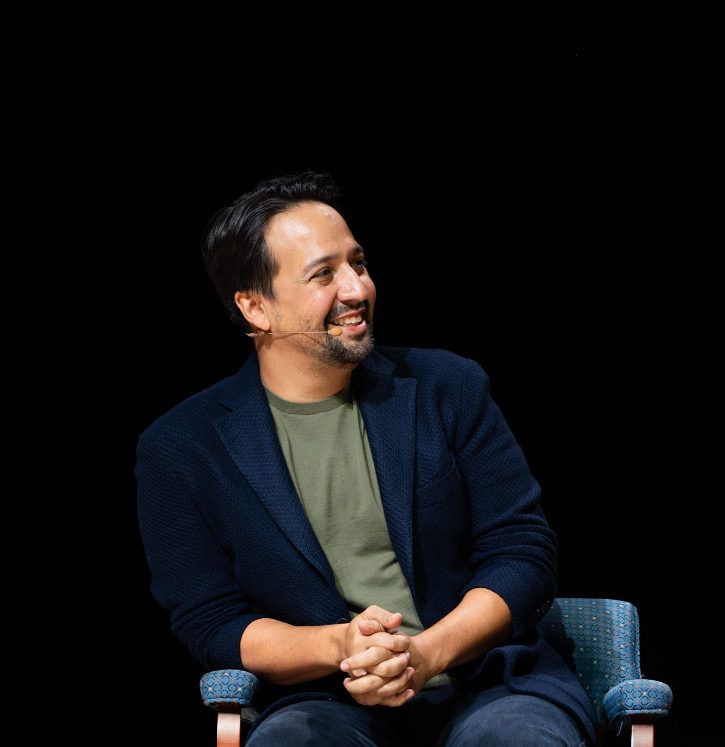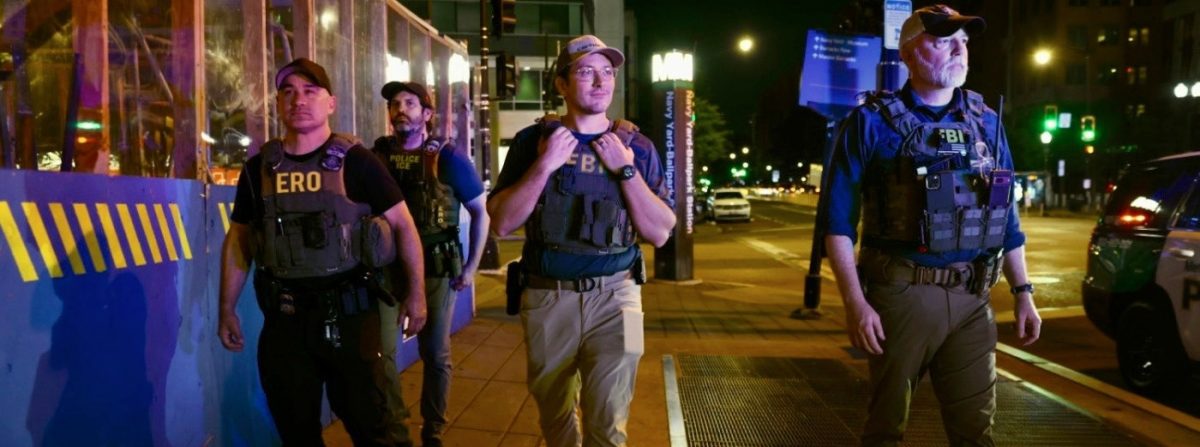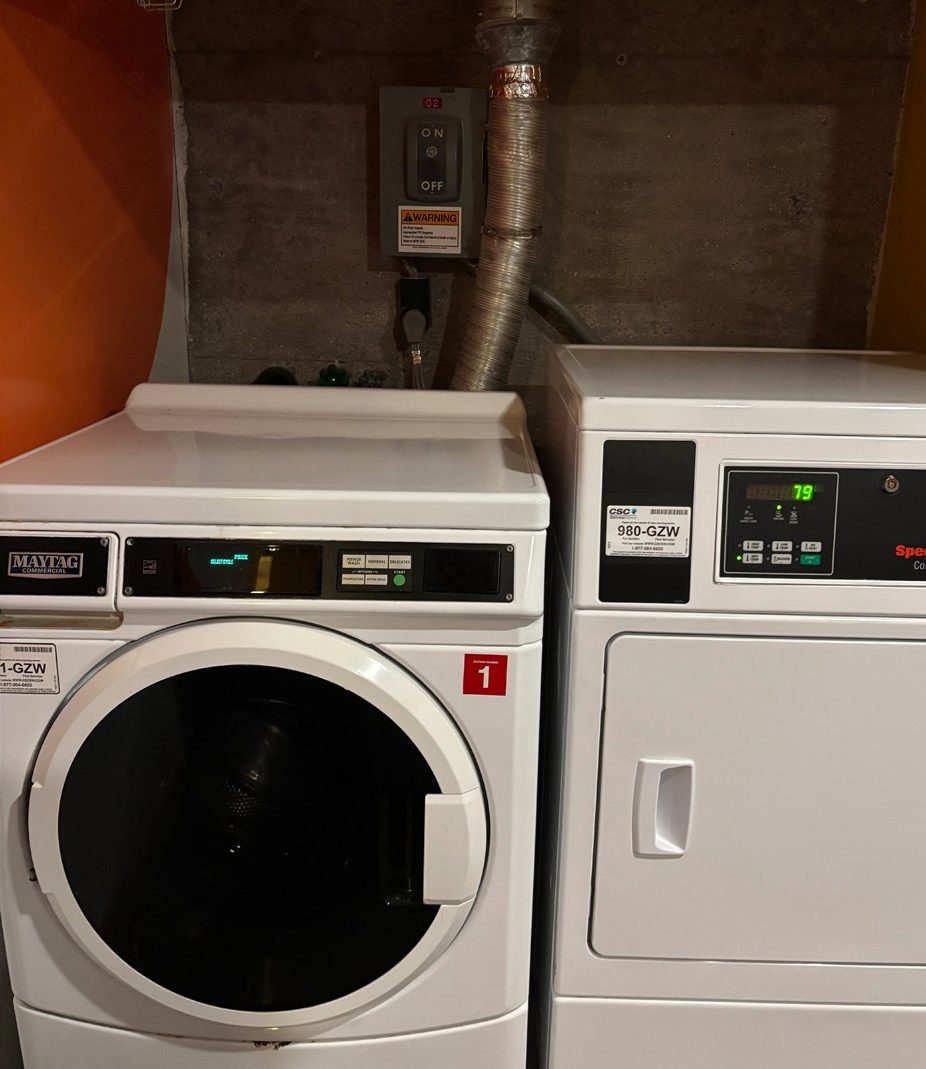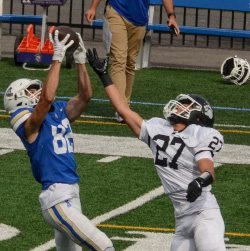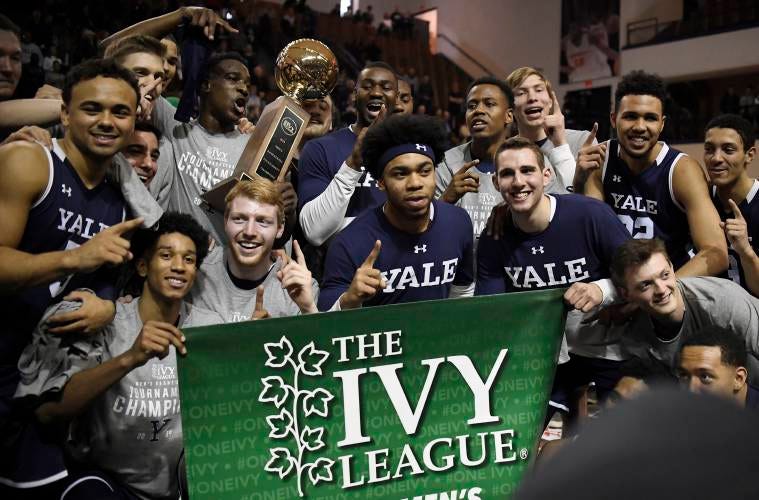
Though it may be hard to believe, the Division I basketball season will begin the day before Thanksgiving on Nov. 25. The sport will have a true moment in the spotlight, particularly from late November to early December, as professional leagues like the NBA and NHL have delayed the starts of their respective seasons. Though COVID looms over many aspects of the season, there are plenty of reasons for hope and excitement, as the season heads towards tip-off. Here are the biggest storylines that will surround what is destined to be an unforgettable season on the hardwood.
#1: COVID-19
The place where most 2020 conversations must begin, NCAA basketball has had its fair share of issues throughout the year that will spill into and potentially dominate the storylines for the upcoming season. COVID stuck at the worst time, just weeks before 2020’s would-be rendition of March Madness, depriving players and fans from the yearly apex of all things college basketball. Now with the season weeks away, answers about scheduling in particularly are very much up in the air. Several programs have already entered some version of a team quarantine at some point during their preseasons, and with cases rising nationally, it is nearly impossible to envision a season that does not consist of various postponements or cancellations. The Ivy League became the first and only (so far) Division I conference to cancel its entire seasons. While it is extremely unlikely that major conferences will act as drastically, with the nation’s current state-by-state approach to trying to suppress the virus, different schools and conferences will roll out widely differing protocols when positive cases inevitably arise.
Early season multi-team events and tournaments that usually take place in exotic locations like Maui or the Bahamas have moved to the mainland. Non-conference schedules have largely become more regional to reduce travel. Some conferences, like the Mountain West have moved to a back-to-back conference schedule where the same two teams will face off on the Friday and Saturday of the same week. Just Monday, the NCAA announced that March Madness will take place in some bubble-like environment with all 68 qualifying teams housed in one area.
So yes, this season will already look incredibly different from usual. There’s reason for optimism, as basketball programs have fewer people involved than its counterpart in football. Positive tests should be caught quickly, and schedules will have to adjust on the fly. With over 350 DI programs, not everything will run smoothly. But, with limited or no fan attendance and emphasis on player safety, fans should be treated to some version of March Madness in the spring of 2021.
#2: Championship Contenders
Enough of the depressing COVID talk, let’s dive into some real basketball. The three favorites to cut down the nets in March are Villanova, Baylor, and Gonzaga, ranked respectively at the top of the AP’s preseason top 25 poll. We all know that one should not inherently trust the polls, but here’s the case for each of these dynamite programs in 2020–21.
Villanova:
Success in the world of college basketball has a lot to do with head coaching, and Jay Wright might just be the best coach out there at the moment. Villanova brings back four of its five starters from a team that went 24–7 and claimed the Big East regular-season title last season. Collin Gillespie has turned into an elite scorer from the guard position. He and sophomore Jeremiah Robinson-Earl will lead the charge for a team chock-full of talent, shooting, and defensive acumen. Wright has built a stalwart of a program over the last decade, claiming national titles in 2016 and 2018. This team has all of the pieces to make a deep run.
Baylor:
A bit of a surprise last season, Baylor returns nearly all of its key pieces from its 26–4 unit last season that ranked in the top-five of defensive efficiency across Division I. Look for the same hard-nosed defense this year, as athletic, switchable guards Jared Butler, MaCio Teague, and Davion Mitchell will lead Baylor on both ends of the floor. The Bears do have to replace shot-blocking phenomenon (and DIII transfer) Freddie Gillespie, but with Scott Drew’s defensive coaching ability and plenty of continuity from last season, it is easy to see why analysts love Baylor. Don’t be surprised to see a slight regression from last season, as one could argue that they slightly overperformed given their talent. Either way, Baylor will be a tough matchup any night of the week.
Gonzaga:
The regular-season champions of the West Coast Conference for 19 out of head coach Mark Few’s 21 years at the helm, the Gonzaga Bulldogs are as consistent a program as exists in modern college basketball. Coming into this season, expectations are understandably high, with a perfect blend of returning and incoming talent. Senior wing Corey Kispert shot nearly 44% from three last season and can do a little bit of everything offensively. Sophomore big Drew Timme is primed to make a big leap as a sophomore, running the offense out of the post. The real X-factor is incoming freshman Jalen Suggs, the highest-touted recruit in program history (#6 in the 2020 class according to ESPN). Suggs is likely to run the point alongside junior Joel Ayayi. The consistency of Few’s coaching along with a incredibly well-built roster set up the ‘Zags as my pick to win their program’s first national championship come March.
#3: A Crazy, Competitive Big Ten
One of the most consistent conferences in the land, the Big Ten actually has not claimed a national championship since Michigan State won it all in 2000. With seven schools (Iowa, Wisconsin, Illinois, Michigan State, Ohio State, Rutgers, and Michigan) ranked in the preseason top 25, this conference has many potential Final Four-caliber teams this year.
The conference is more defined by its experience and returning talent than new, flashy freshman or transfers. Iowa returns arguably the nation’s best player from last season in center Luka Garza, who averaged 23.9 points and 9.8 rebounds per game last season. Wisconsin also returns a savvy center in Nate Reuvers, as well as most of its key pieces from a team that won 9 out of its last 10 conference matchups in 2019–20. Illinois boasts one of the nation’s best one-two punches in Ayo Dosunmu and Kofi Cockburn.
There are plenty of enticing storylines; Rutgers looks to earn its first NCAA Tournament-bid since 1991. Head coach Steve Pikiell’s program is defined by its grittiness, and with Geo Baker and Ron Harper Jr. as emotional leaders, there may be no team as fun as the Scarlet Knights in 2020. Michigan head coach Juwan Howard is in his second full year, and has been dominant on the recruiting trail, landing two all-star freshman in Zeb Jackson and Hunter Dickinson, as well as proven transfers in Mike Smith (via Columbia) and Chaundee Brown (via Wake Forest). The new-look Wolverines are brimming with fresh talent.
In theory, any of the top-nine teams in the conference could win a share of the conference title. Expect plenty of bids for the Big Ten when the tournament comes around this year. Even with the election behind us, the Midwest will continue to be a competitive battleground with plenty of unpredictable outcomes.
#4: A Loaded Freshman Class
For the less die hard college hoops fans, look at this season as a chance to watch the new talent that will soon be taking the NBA by storm. This year’s incoming class feels particularly strong, coming off a 2019–20 season where many of the elite prospects were on subpar teams or sat out for nearly the entire season.
The one-and-done are back in full force. Cade Cunningham could likely be the number one pick in the 2021 NBA draft, and will be must-watch entertainment leading an extremely up-tempo Oklahoma State offense. Scottie Barnes is rumored to be playing point guard at 6’9’’ for Leonard Hamilton and the Florida State Seminoles, which is incredibly enthralling. Elsewhere, Evan Mobley, who touts a 7’5’’ wingspan and a 40-inch vertical leap will look to single handedly elevate USC’s status in the college basketball ranks. Joining Mobley on the West coast will be the aforementioned Jalen Suggs at Gonzaga, and Ziaire Williams at Stanford. Kentucky brings in its usual crop of fresh talent; John Calipari will likely start three or four freshmen, headlined by 6’6’’ guard BJ Boston and a bouncy wing in Terrance Clark.
Next year’s NBA draft is bound to be full of high-value picks thanks to the tsunami of talent that will be flooding the ranks of Division I hoops.





